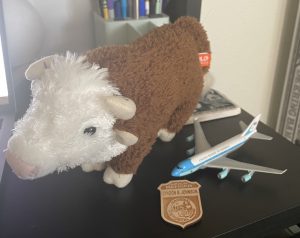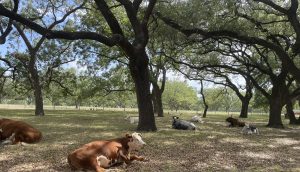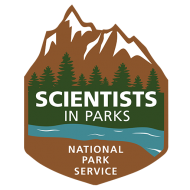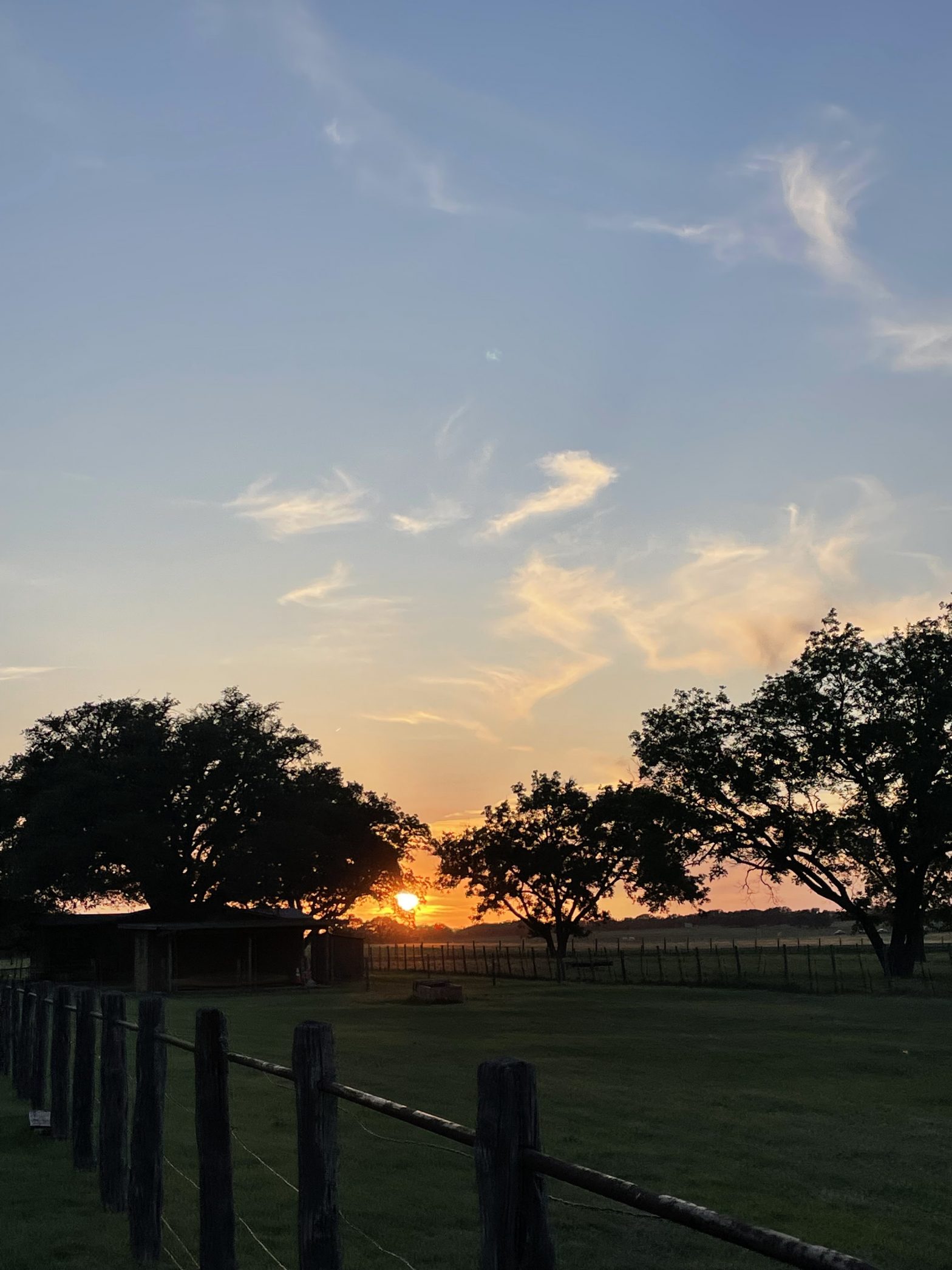Somehow, my time as a Scientists in Parks Fellow at the Lyndon B. Johnson National Historical Park has come to an end. The last few weeks of my internship were remote as I moved from the hot Texas Hill Country to even hotter Arizona for graduate school. While I miss LYJO, being remote for the end of this program has given me the opportunity to reflect on this experience.

Being in the Phoenix area has really made me appreciate LYJO, particularly because there is so much more light pollution here. It’s hard to try to tackle such a big project as dark sky preservation in just a matter of weeks, especially when it is something that relies on collaboration amongst communities. However, I think that I have made significant contributions to this effort. By monitoring sky quality at the LBJ Ranch and suggesting light retrofits to further improve the dark skies, I am helping prevent light pollution at LYJO and hopefully helping set an example for other places in the Hill Country. Additionally, through outreach like my night hike and viewing party for the first James Webb Space Telescope images, I am helping foster an appreciation for dark skies within the community.

Most importantly, dark sky preservation at LYJO did not begin and will not end with me. Much of my work this summer was built upon work that previous NPS employees started and will be continued by current future NPS employees. The International Dark Sky Association requires their Dark Sky Parks (which includes LYJO) to regularly report their lighting compliance and sky quality measurements and to host night sky related events, so this work will continue! Additionally, I designed the night hike to be repeatable and to be adaptable to other locations, so even programs I made will outlast my time at the park.
I am so incredibly grateful for everyone who has helped make this experience so special for me. I will always treasure my time at LYJO and I look forward to hopefully returning someday!

